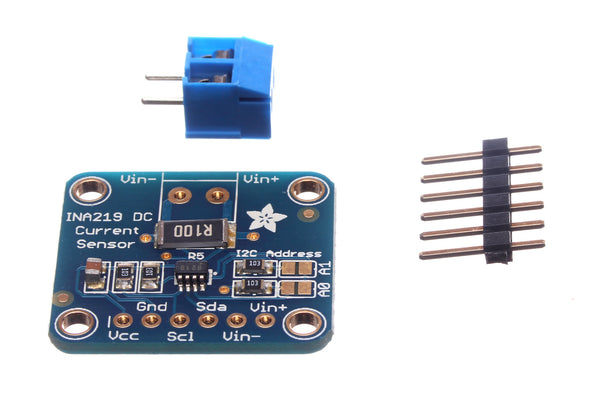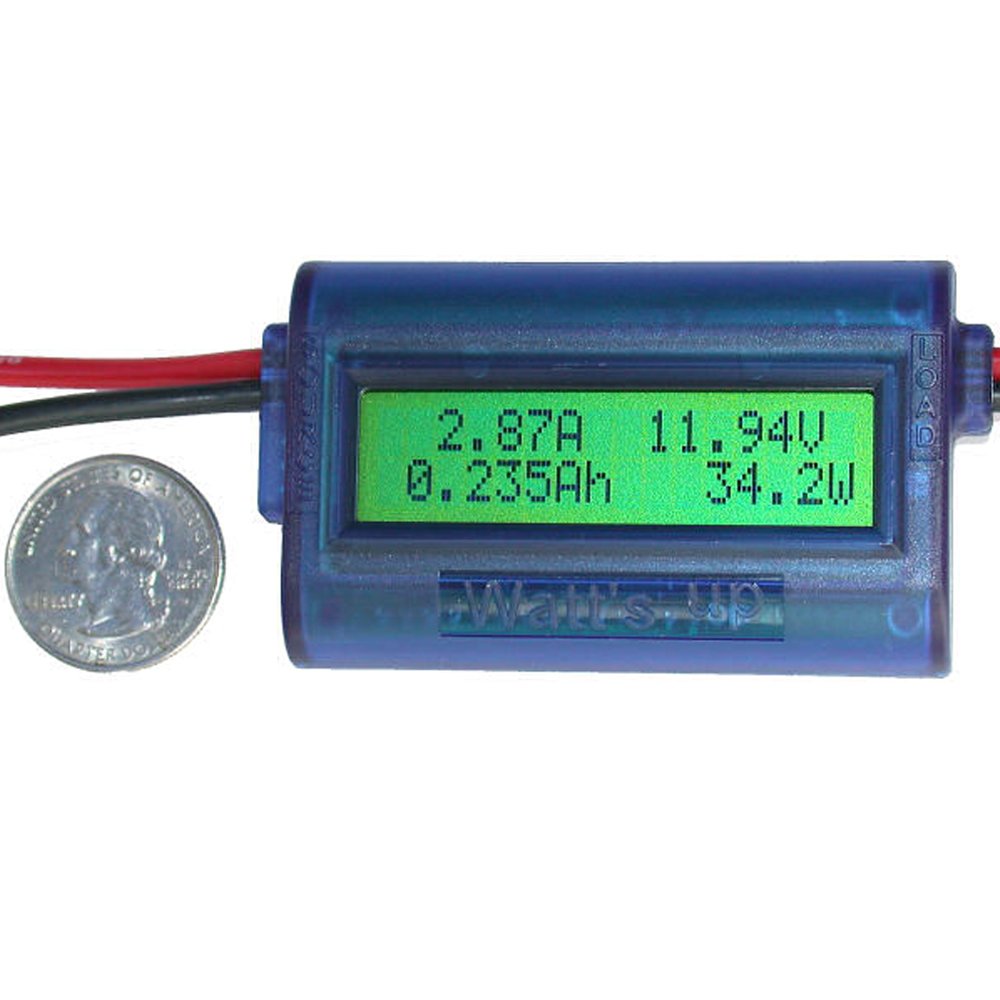NeverDie
Senior Member
Interesting!
What do you guys think about "long life" VRLA batteries? "Long Life" might mean a "design life" of 8, 10, 12, 15, or 20 years, and they're intended to mostly just float. I first ran across them while looking at the power sonic website today. Prior to that, I hadn't realized there even existed "long life" SLA batteries.
The prices don't seem unreasonable for the 8 and 10 year ones:
http://search.atbatt.com/search?p=Q&lbc=atbatt&uid=469695848&ts=custom&w=%22long%20life%22&isort=price&method=and&view=grid&stateid=s6C26A26A2tFoYiXOv&cnt=45
A good fit for, say, an alarm panel? Actually, the power sonic ones are big and might not fit in an alarm panel box and/or might be too heavy. Not sure. They do give a lot of Ah's as compensation though. The lesser 7Ah CSB one would easily fit, but I don't know whether CSB is a trustworthy brand or not....
Even if you assume a service life of 70-80% of their design life, it seems like their annual cost would be on par with the per annum costs of regular general purpose SLA batteries of similar capacity--maybe even cheaper.
What's not to like?
What do you guys think about "long life" VRLA batteries? "Long Life" might mean a "design life" of 8, 10, 12, 15, or 20 years, and they're intended to mostly just float. I first ran across them while looking at the power sonic website today. Prior to that, I hadn't realized there even existed "long life" SLA batteries.
The prices don't seem unreasonable for the 8 and 10 year ones:
http://search.atbatt.com/search?p=Q&lbc=atbatt&uid=469695848&ts=custom&w=%22long%20life%22&isort=price&method=and&view=grid&stateid=s6C26A26A2tFoYiXOv&cnt=45
A good fit for, say, an alarm panel? Actually, the power sonic ones are big and might not fit in an alarm panel box and/or might be too heavy. Not sure. They do give a lot of Ah's as compensation though. The lesser 7Ah CSB one would easily fit, but I don't know whether CSB is a trustworthy brand or not....
Even if you assume a service life of 70-80% of their design life, it seems like their annual cost would be on par with the per annum costs of regular general purpose SLA batteries of similar capacity--maybe even cheaper.
What's not to like?




